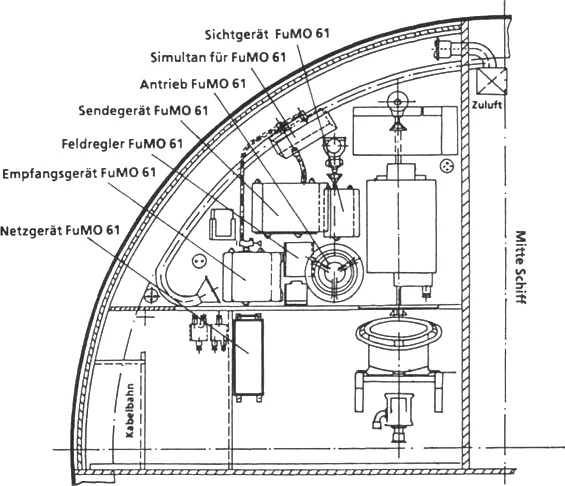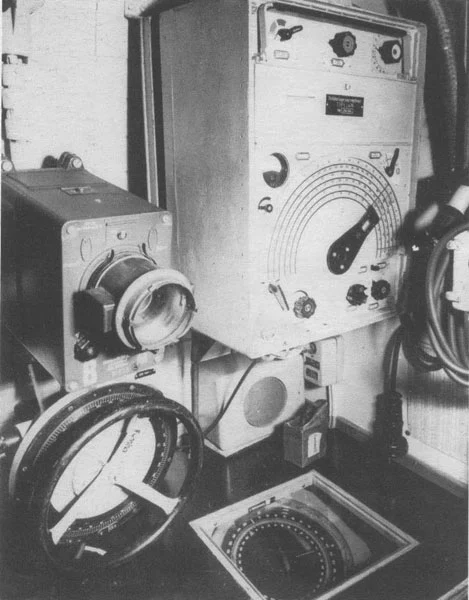 |
| M/T Hamlet. |
by C.J. Christ
What do most people think about when the word Hamlet is spoken? A play by William Shakespeare. The quote “To be or not to be”? A name for Hagar the Horrible’s son in the Sunday comics? A small village of Germanic origin? Or a ship sunk southeast of Morgan City during World War II?
It’s easy to guess by now where I stand.
Let me tell you the story with the help of the U.S. Naval Intelligence report “Summaries of statements by Survivors.”
The Norwegian Motor Tanker M/T Hamlet was chartered to the Norwegian Shipping and Trade Mission of New York City when it was torpedoed without warning in the early morning of May 27, 1942. The attack occurred while headed to United Kingdom Ports from Beaumont, Texas, via Key West, Fla., carrying 64,139 barrels of crude oil. She sank at 4:30 a.m. after receiving three torpedoes.
Plunging bow first, she sank in the same position in about 20 fathoms, approximately 60 feet, of water.
The Hamlet was on a course zigzagging on a pattern designed to lose 10 percent over the ground, wholly blacked out. The radio had not been used previously. Three official watchmen were on duty, one on either wing of the bridge and one at the wheel. Three unofficial lookouts also were on deck. The weather was good; visibility, good; sea, calm; wind, southeast force at 4 miles per hour; no moonlight, no ships were in sight.
First torpedo struck starboard side forward, second amidships, starboard side, and third, stern port side. Damage was unknown as the ship began to sink. The motor was stopped after the first torpedo. No distress signal could be sent due to the main antenna being wrecked. No auxiliary was maintained. No counter offensive could be made due to rapid sinking. Two codes, British No. 18 and Mersigs were sunk in a weighted canvas bag.
Ship abandoned in orderly manner in four boats. Three men jumped in the water and were taken into boats. All hands were rescued, being picked up by three fishing boats at about 9 a.m. and brought into Morgan City. The fishing boats were The Lucille, Ramos Jr. and E.F. Marin.
The sub is described as being very small, about 250 tons, 90-150 feet in length. It had no deck guns visible. The conning tower was round with a pulpit bridge. It was described by all as a coastal-type ship of small size and shallow draft. It was last seen heading due east on the surface at about 16 knots.
All survivors mentioned small size of sub and lack of deck guns, unless they are hydraulically raised to firing position. All noticed the difference between the three explosions. The first was very heavy; the second, incendiary, scattering burning material; the third, a much lighter explosion. Rockets were noticed to eastward while crews were in boats, being fired at about 20-minute intervals. It was in this direction that the sub was last seen heading at 16 knots on the surface.
That is just the beginning of the story of the Hamlet.
Years later, I was scheduled to meet Capt. Ira Pete from Berwick, and later from Chauvin. He was the skipper on one of the fishing boats mentioned.
After many hours which spanned many years of my association with this gentleman and historian, I learned to take every fact that he gave me for the absolute truth.
At first, we had problems. For instance, he told me that this U-boat did not have a deck gun. I looked in all of the books I could find and concluded that he must be mistaken. No German submarines went to sea without a deck gun.
When I finally was able to get a microfilm copy of the actual deck log of U-753, there it was. Off the coast of Florida, Korvette Kapitan Alfred von Mannstein torpedoed a ship while it was in convoy and was actually run over by another ship. The damages to the deck gun were irreparable. The log states “the remains of the irreparable deck gun were placed in storage under the deck grating.”
Pete was right, U-753 did not have a deck gun.
When I received the deck log of the U-753, I was able to answer another question about the encounter. Pete had asked, “Do you think the U-boat saw us?” There in the log was sketched several fische flotte or fishing flotilla. They had indeed seen the fishing boats, but that was not their mission, to sink fishing boats.
In early August my column had an accompanying photograph showing nine fishing boats around the sinking Hamlet. For my Morgan City/Berwick readers, I’ll name the ones which were positively identified by “Butch” Falterman with the help of some of the captains. They were the Venture, Pioneer, Albatross, Lucille, Ramos Jr., E.F. Marin and Depeneta. Boats not in the photograph but did go to the ship before she sank completely, were, Papa Joe, J. Edwin Treakle, Shearwater, Midshipman and Forty Fathoms No. 6.
Almost 45 years later, I went diving on the Hamlet and recovered two big, brass port lights. That’s another story.
 |
| M/T Hamlet. |
 |
| M/T Hamlet. (State Library of New South Wales) |



















